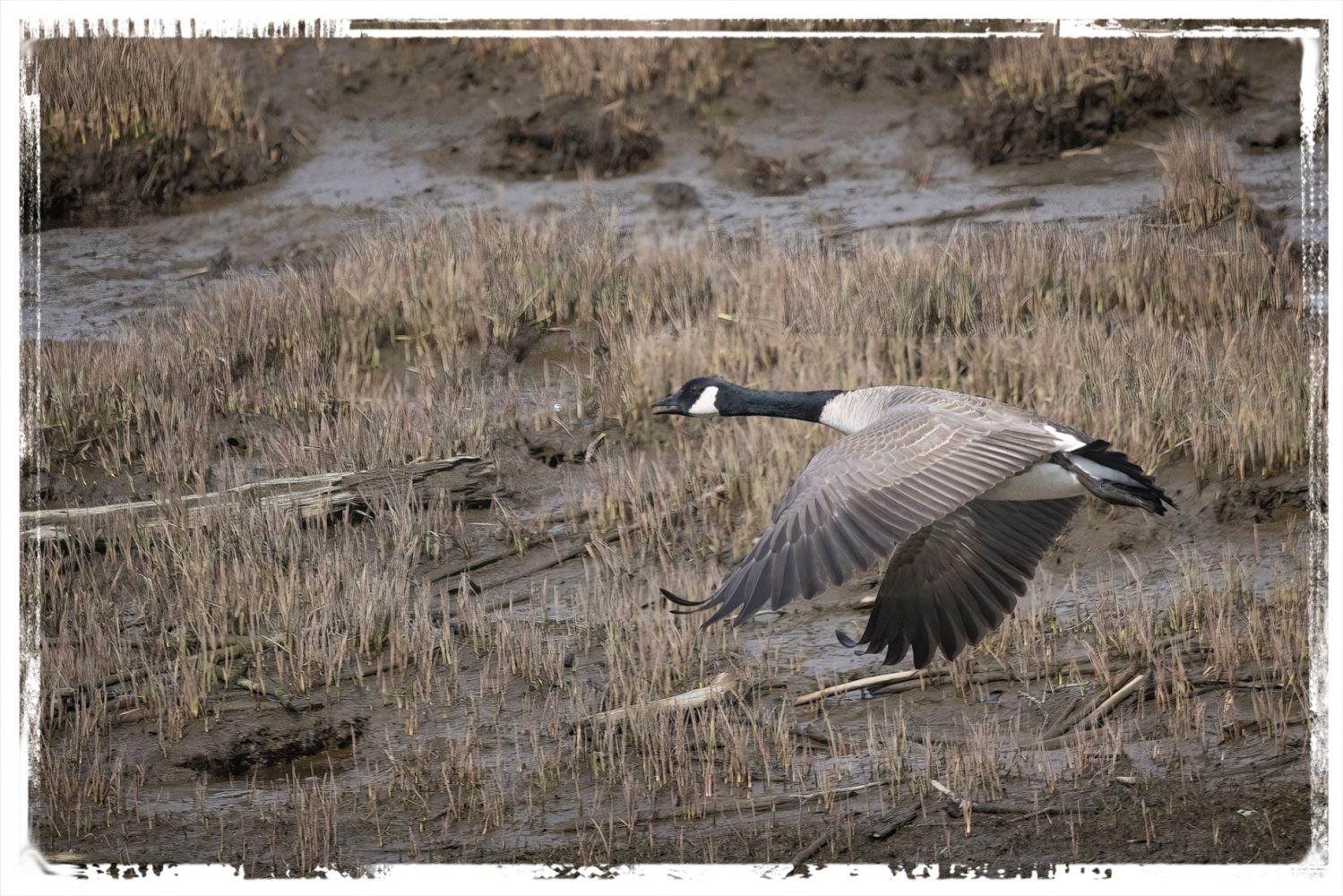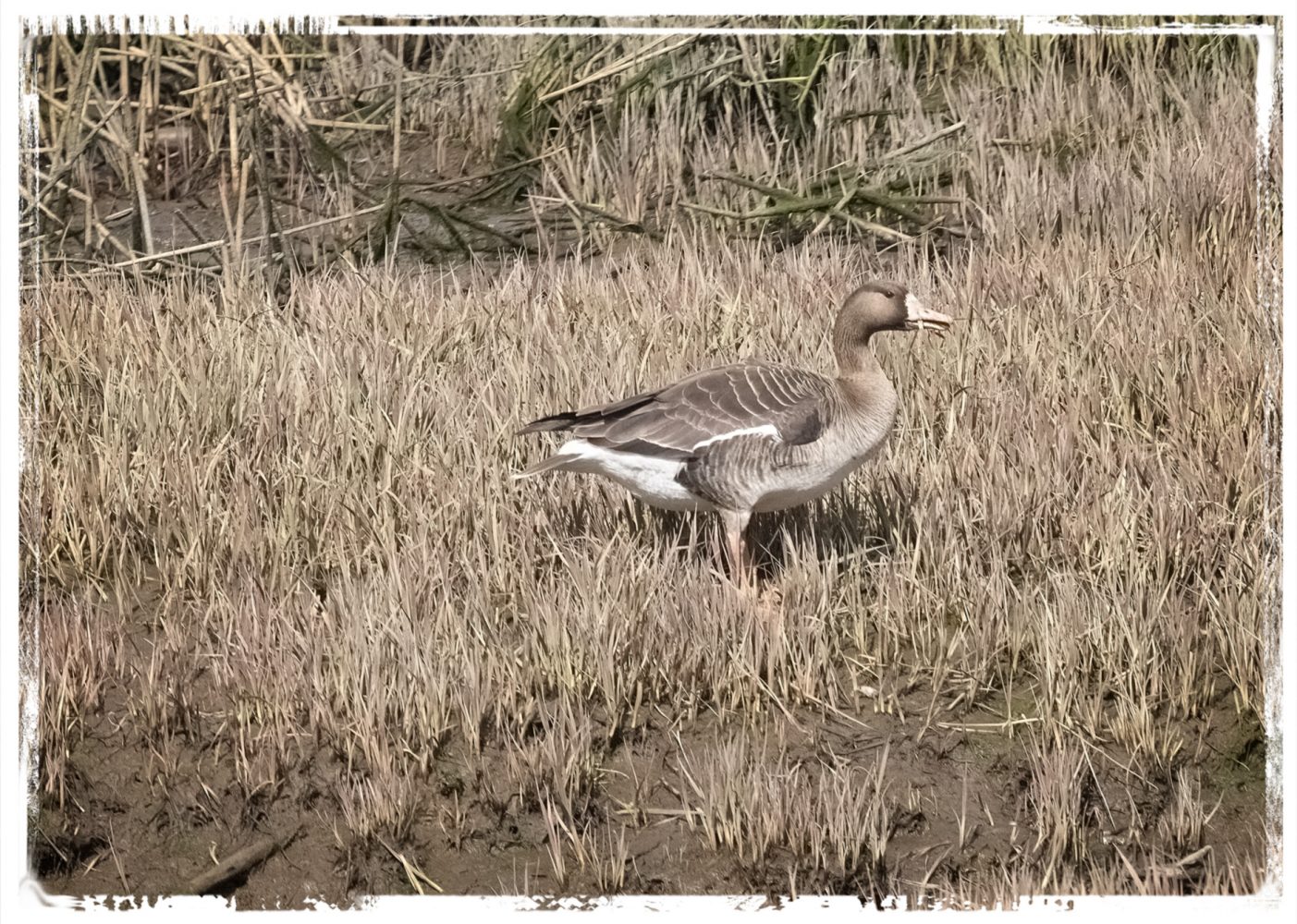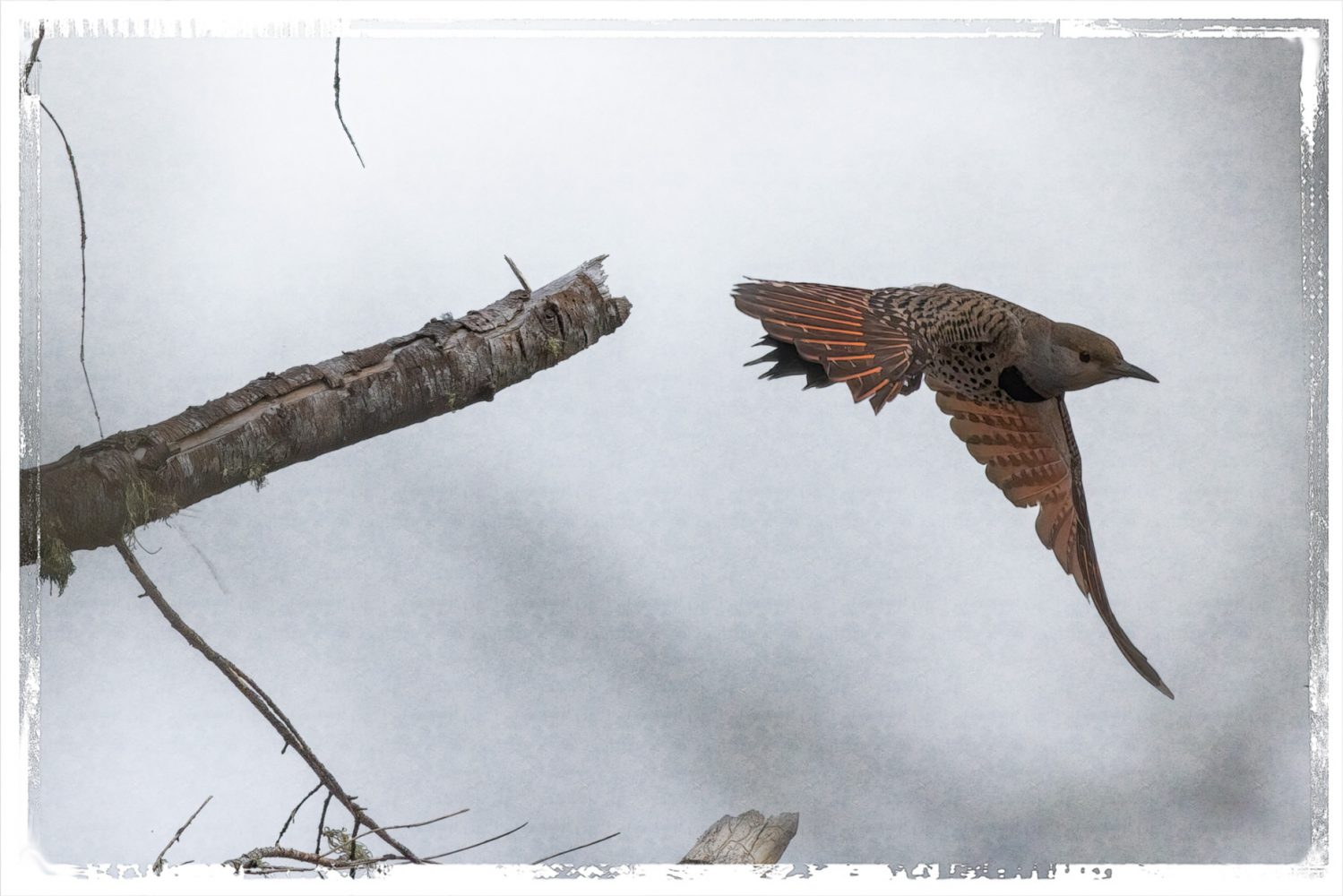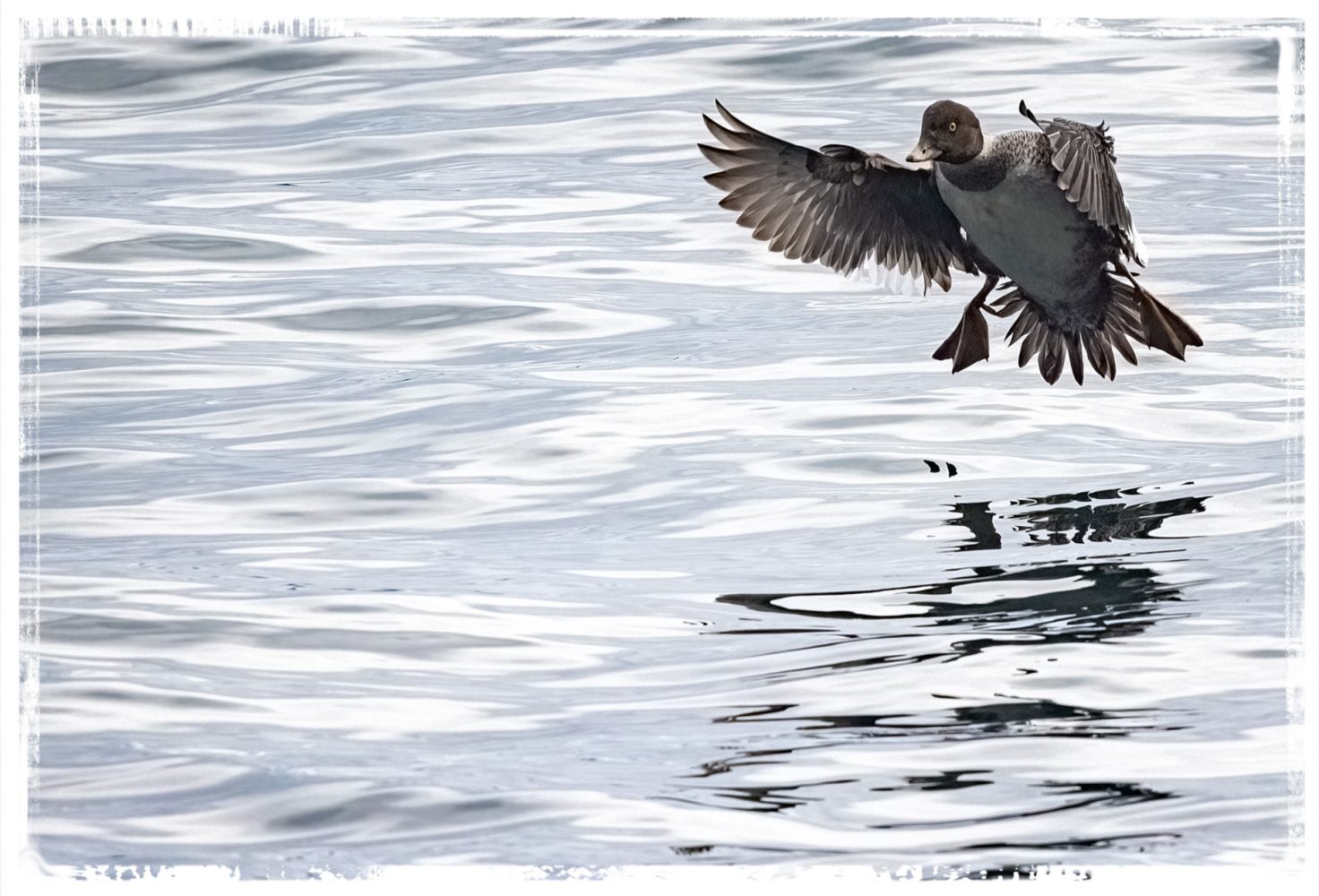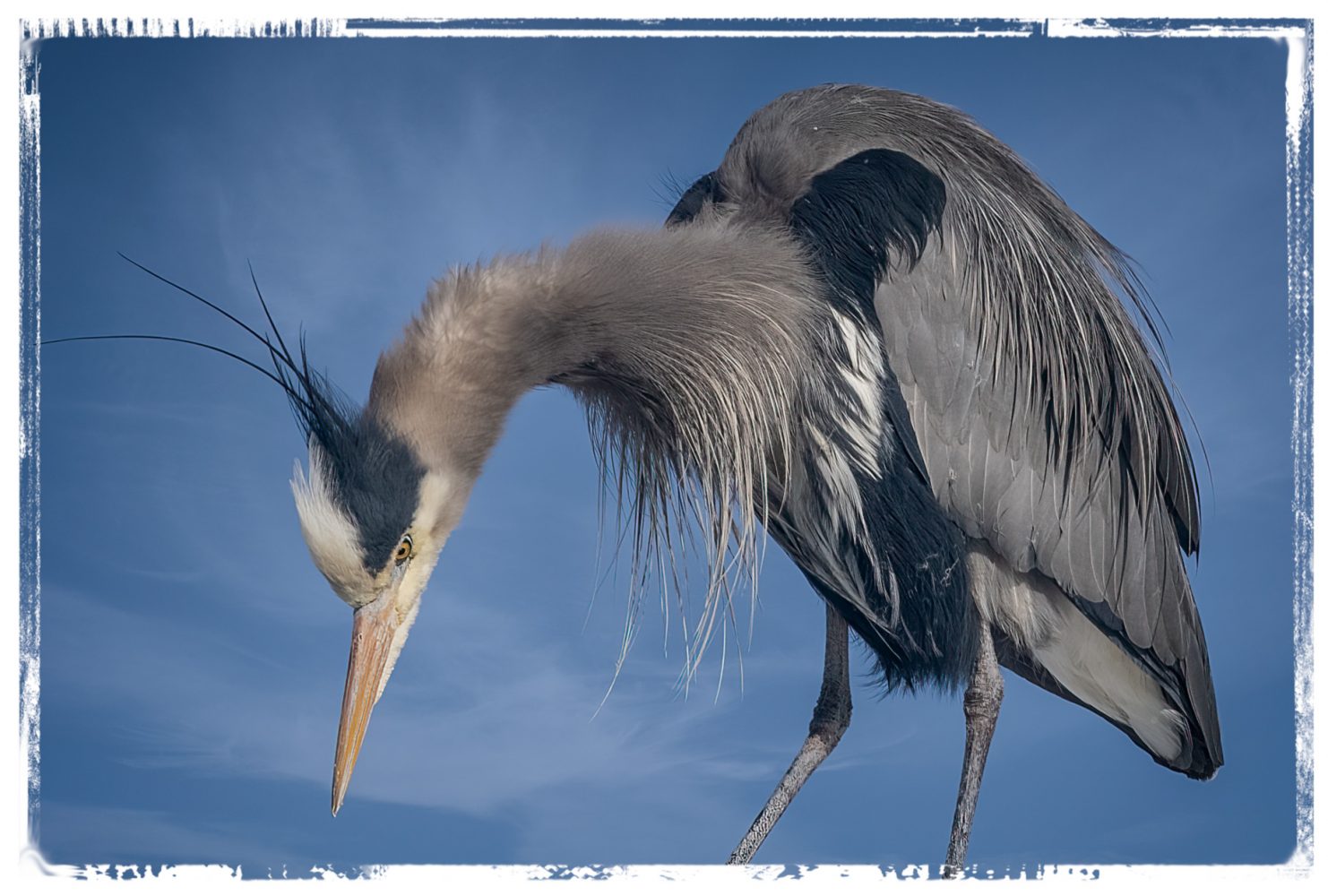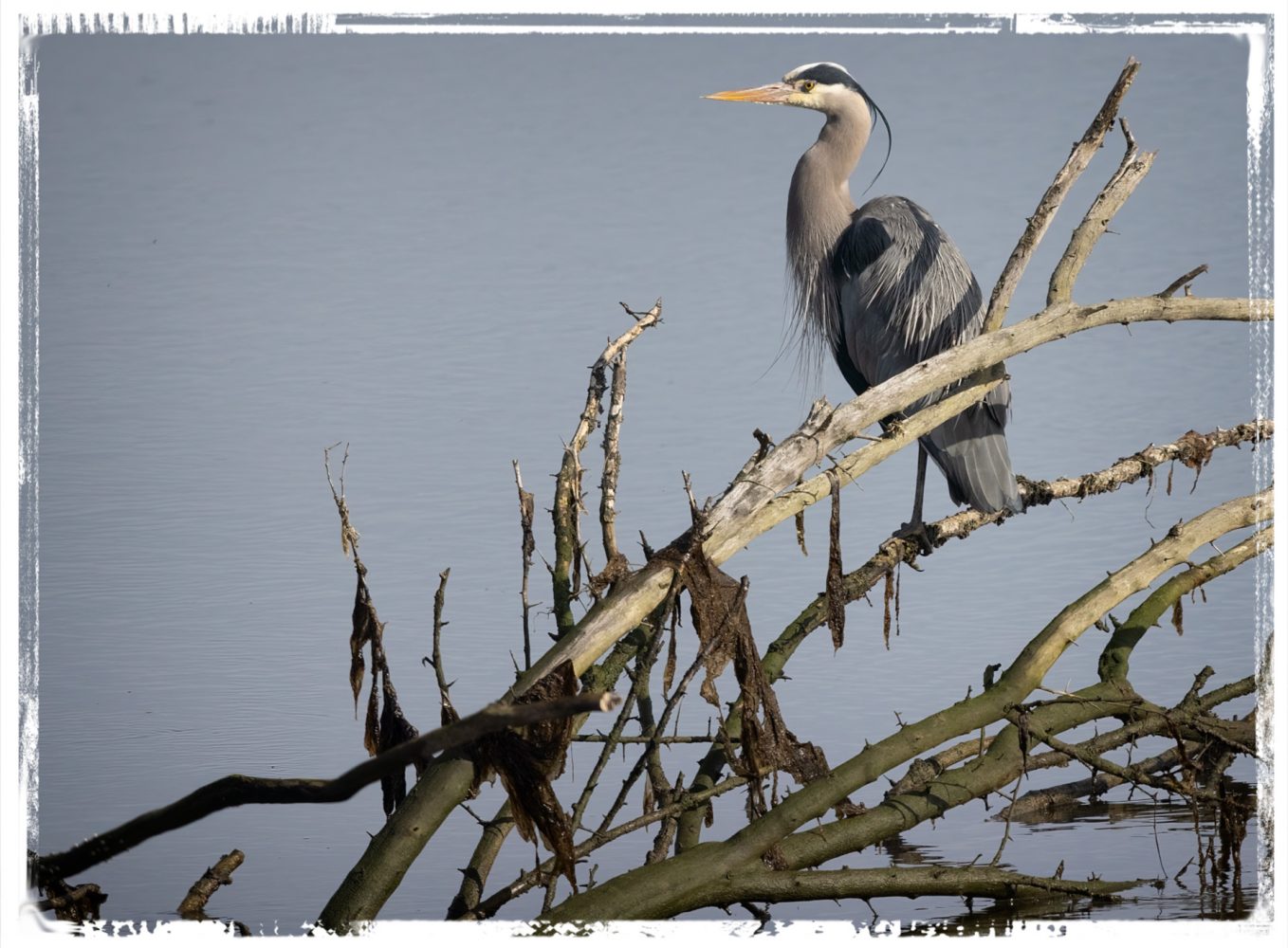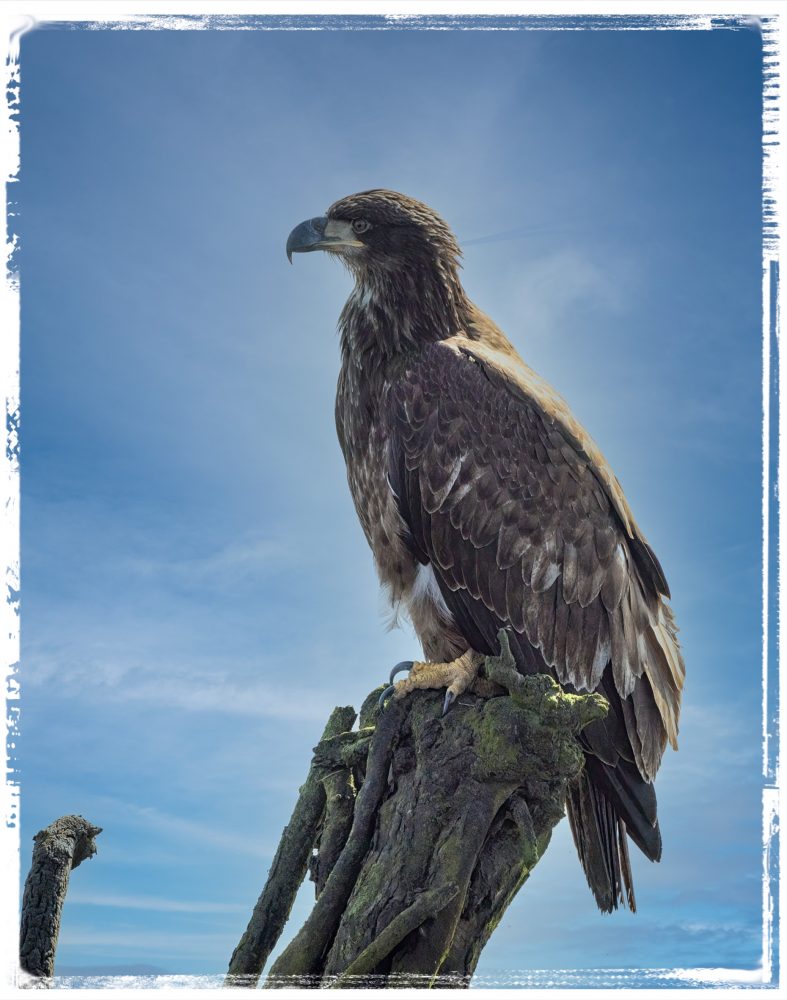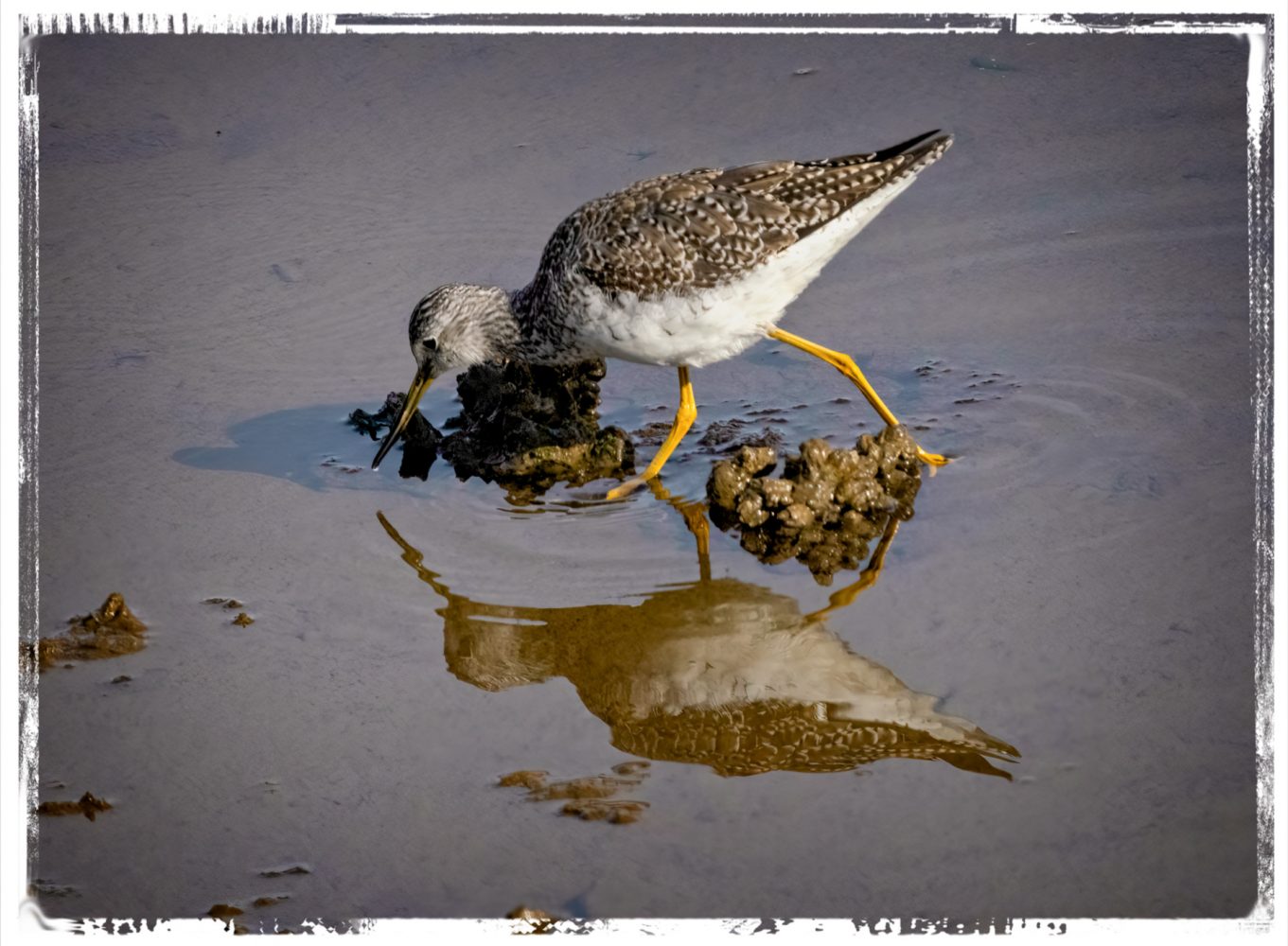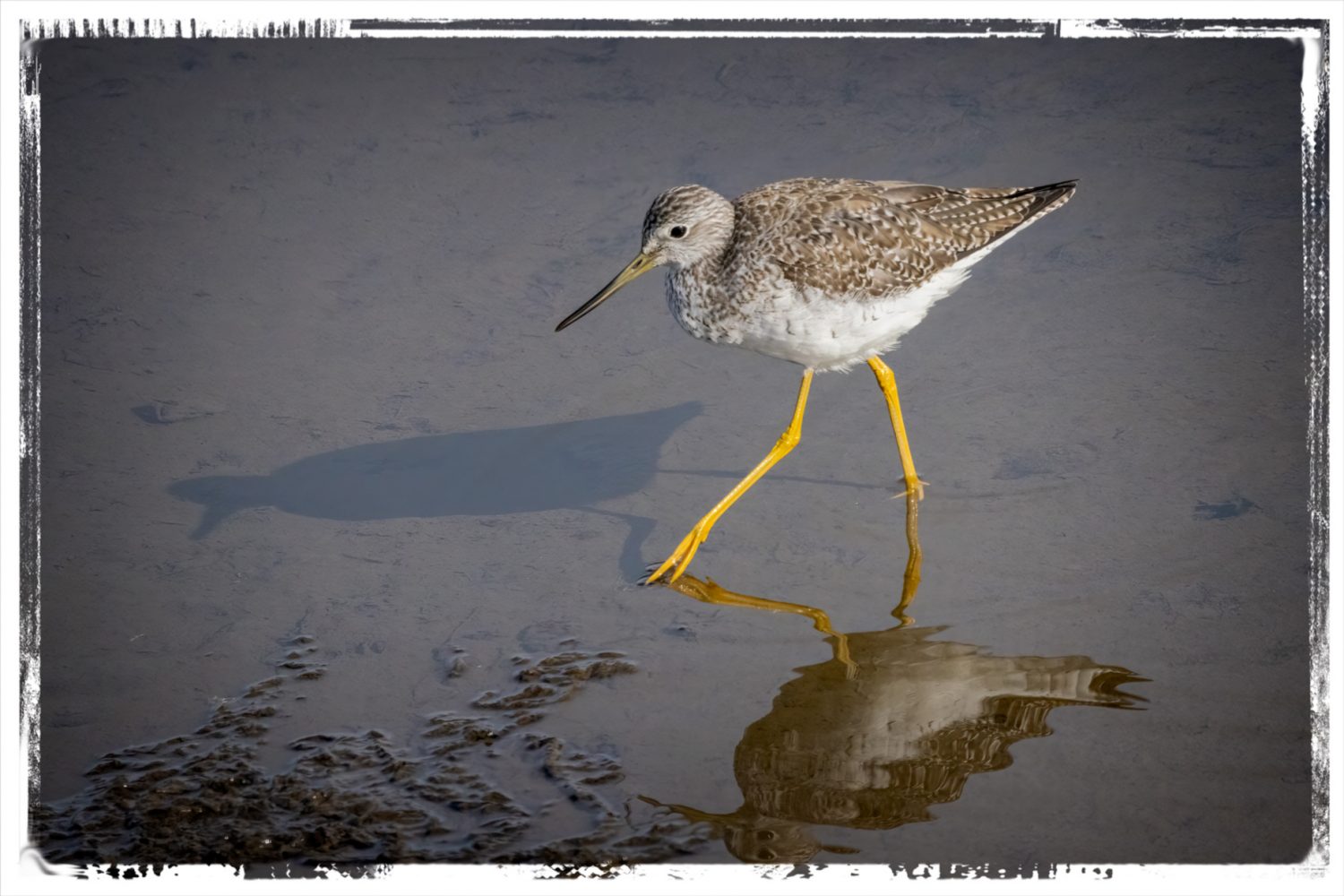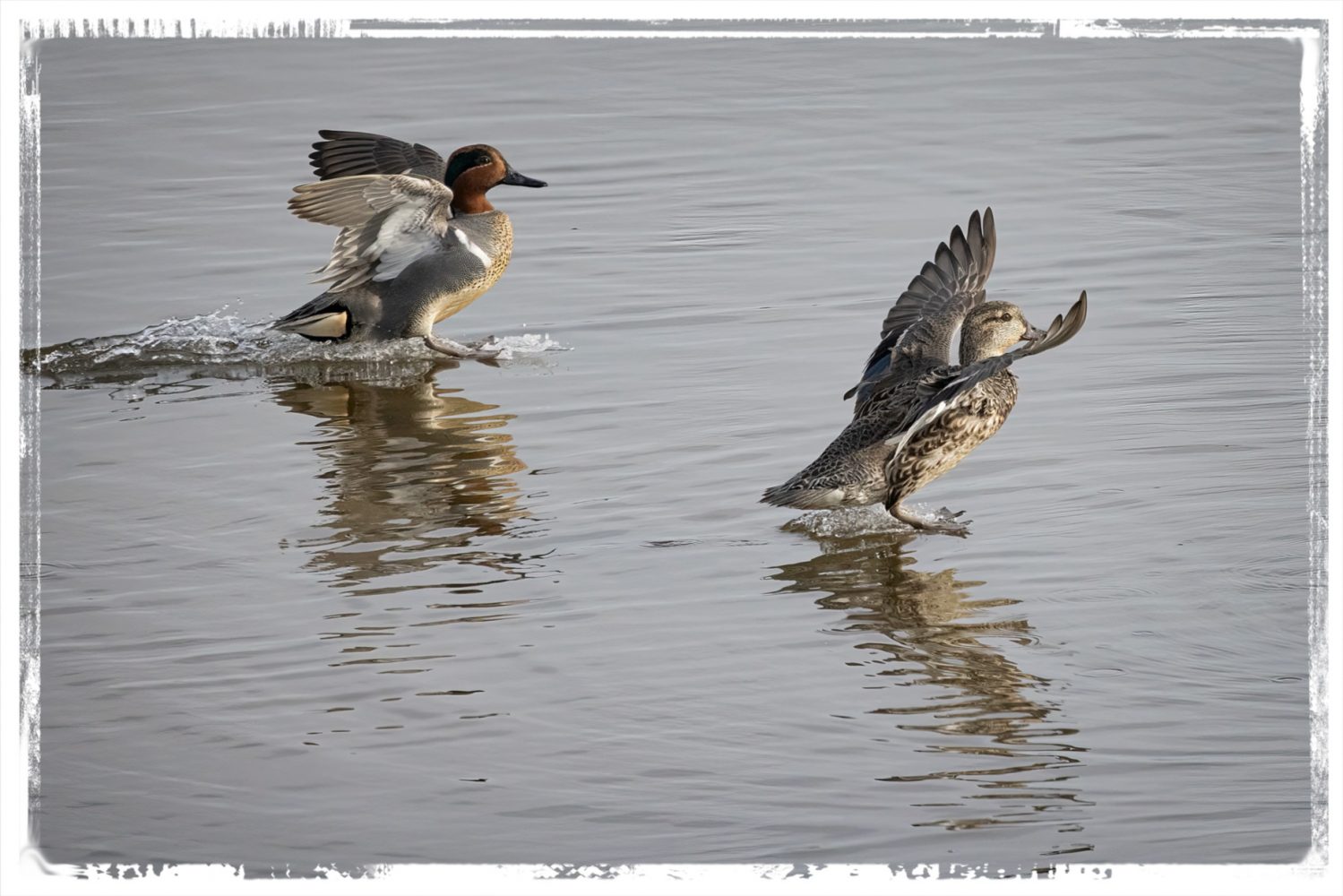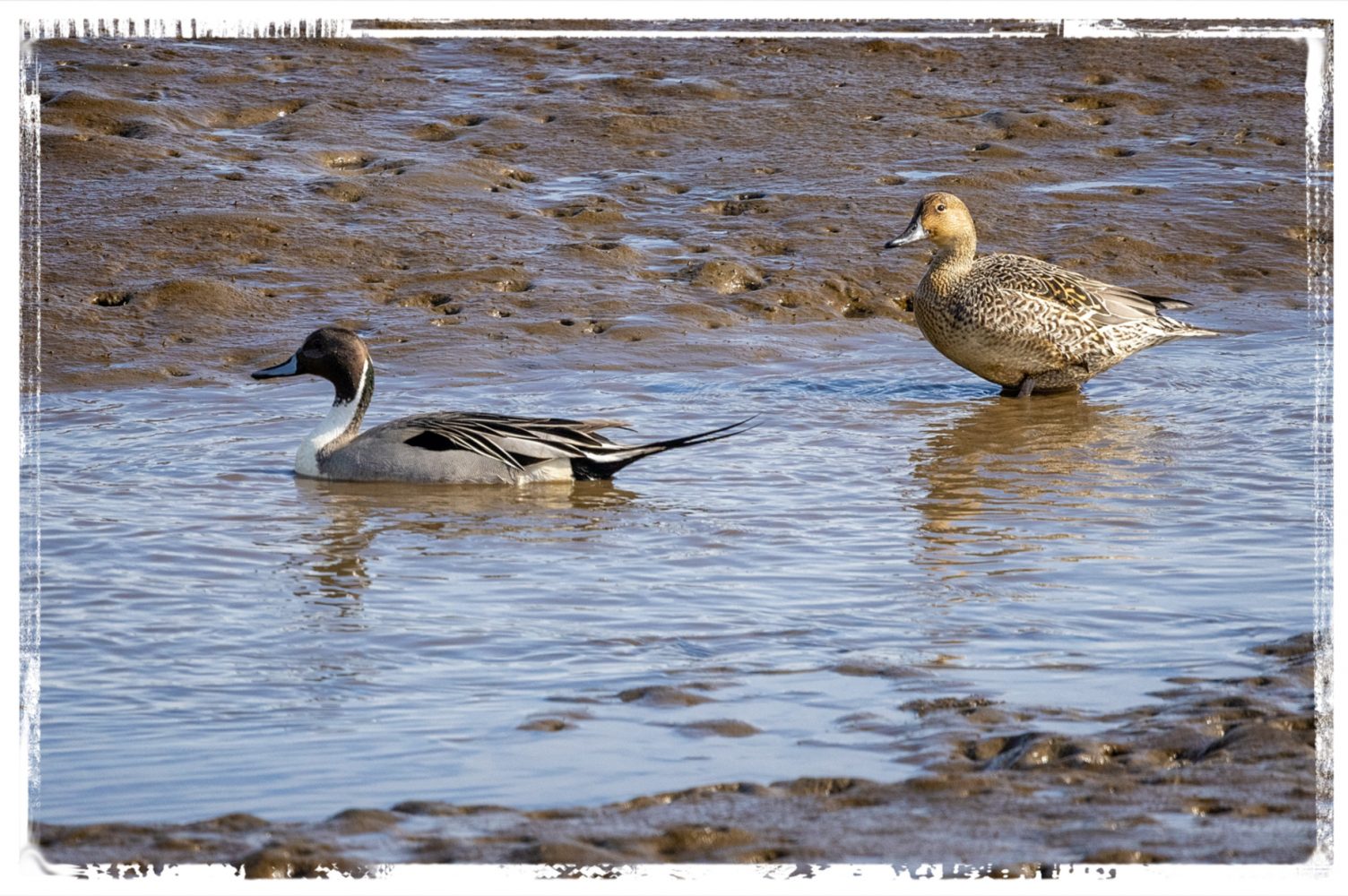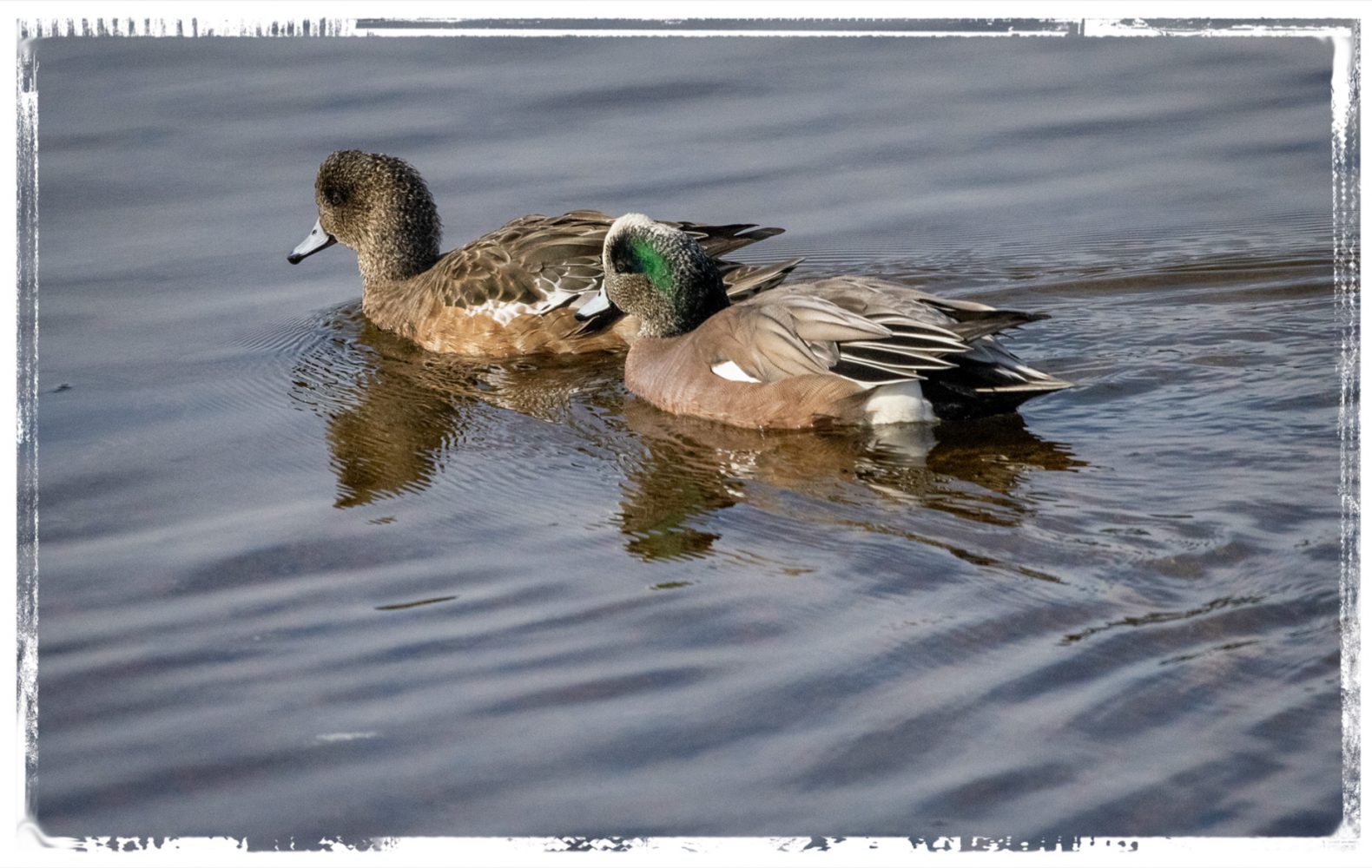I went to Port Orchard to see if the Horned Grebes were in breeding plumage yet, but on this visit I only saw a single grebe and it wasn’t in breeding colors yet. In fact, there were remarkably few birds in the marina. Most of the seabirds that overwinter there seemed to have left for their breeding grounds. Luckily, Pelagic Cormorants are year-round residents, and it’s rare that I visit Port Orchard without seeing one.
Usually, they seem largely indifferent to people and to the camera, apparently willingly posing.
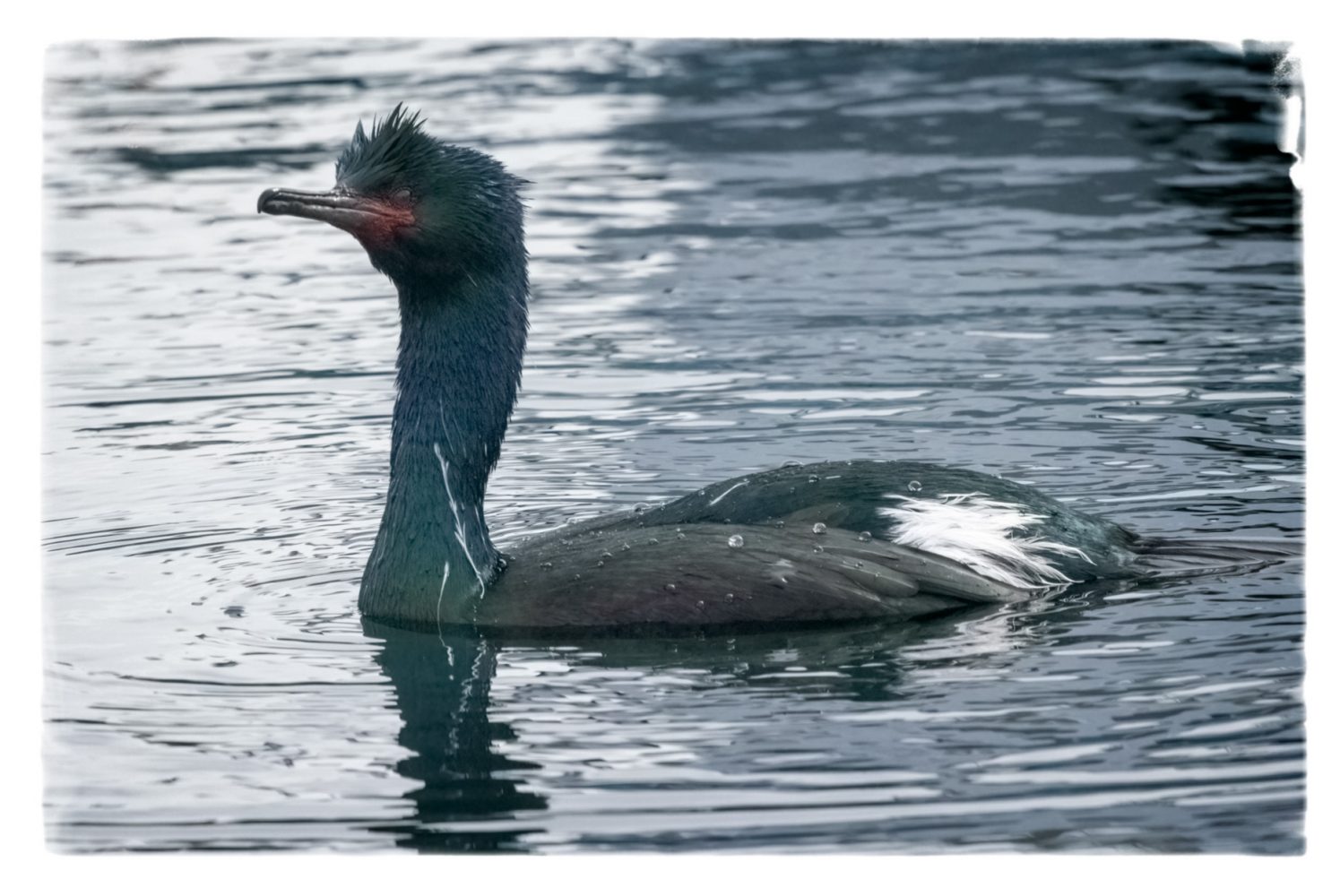
If they do think you are too close they will dive and emerge 100 yards away.
On this visit, though I got a demonstration of their ability to fly away when they want to. This Pelagic Cormorant suddenly leapt out of the water
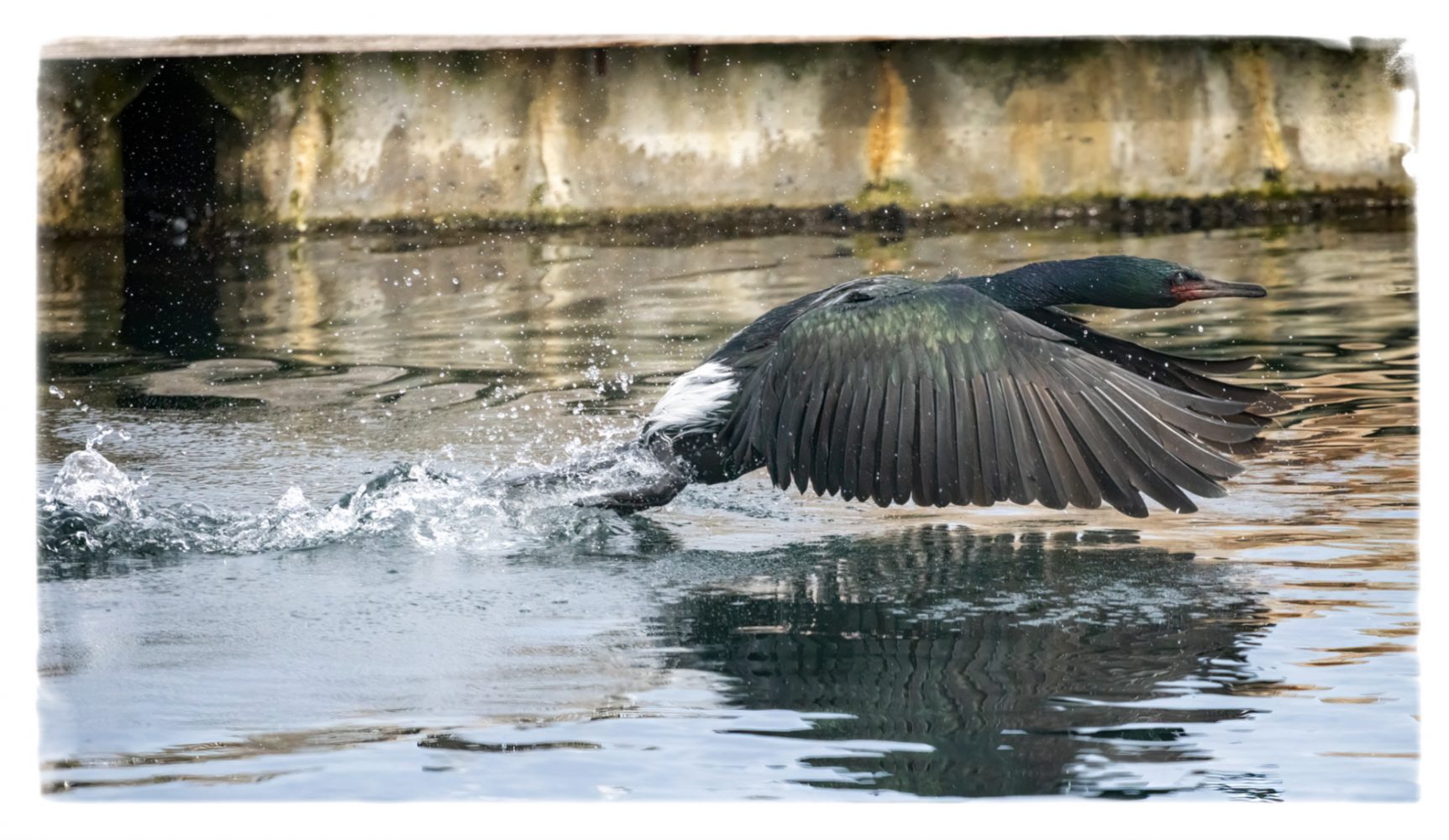
made one big hop
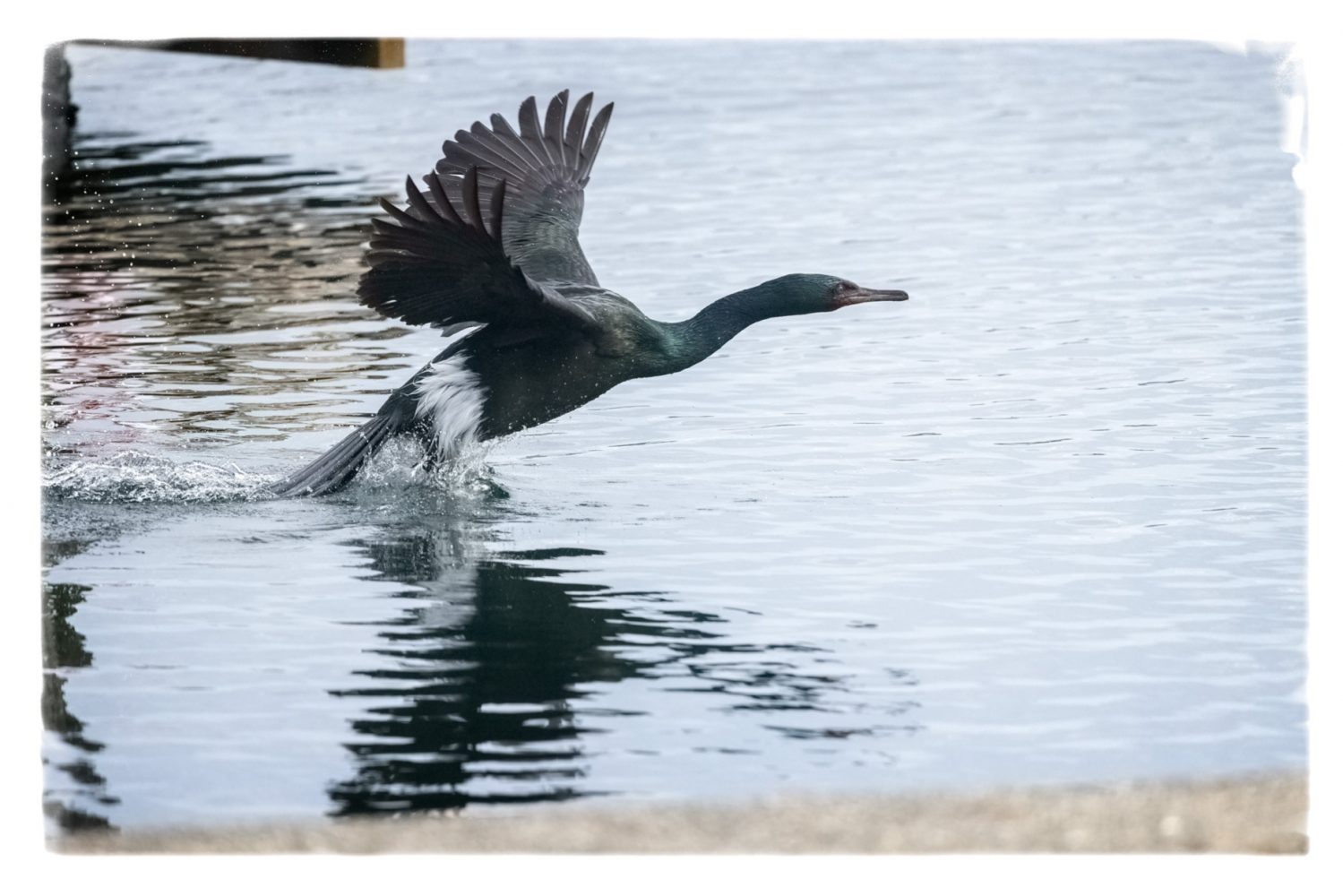
and catapulted
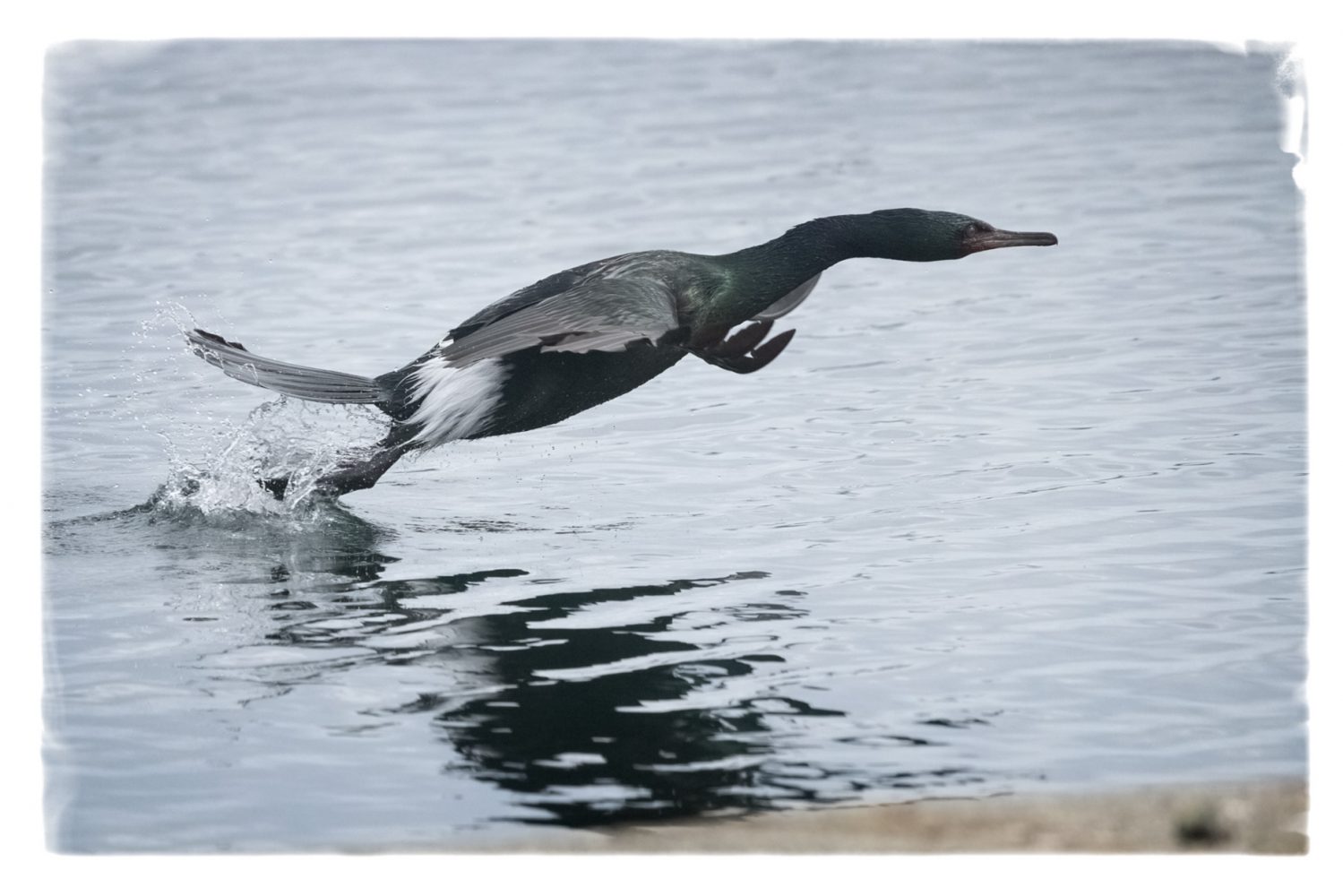
into the air
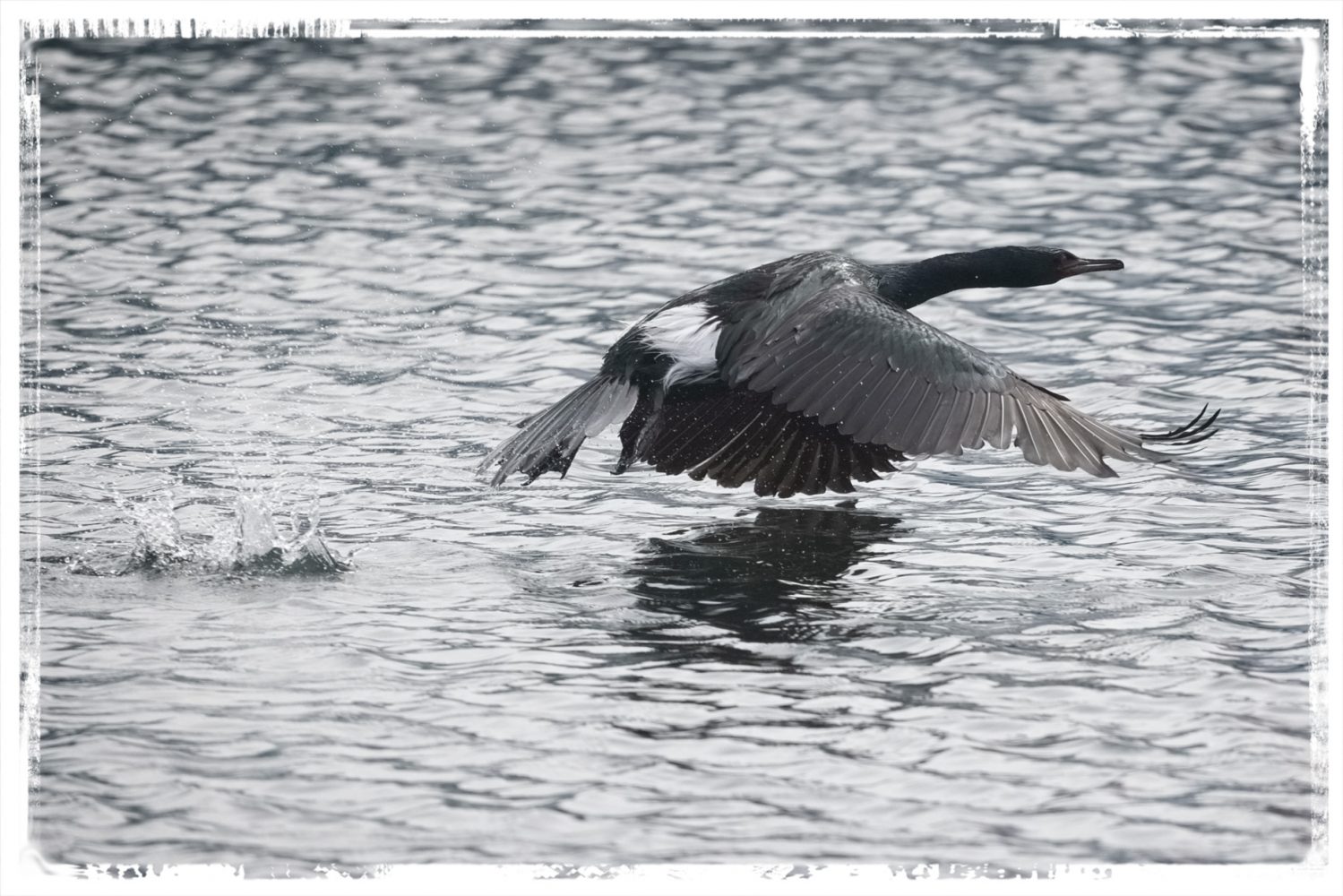
before settling down less than 50 yards away, calmly watching me as I took several more shots.
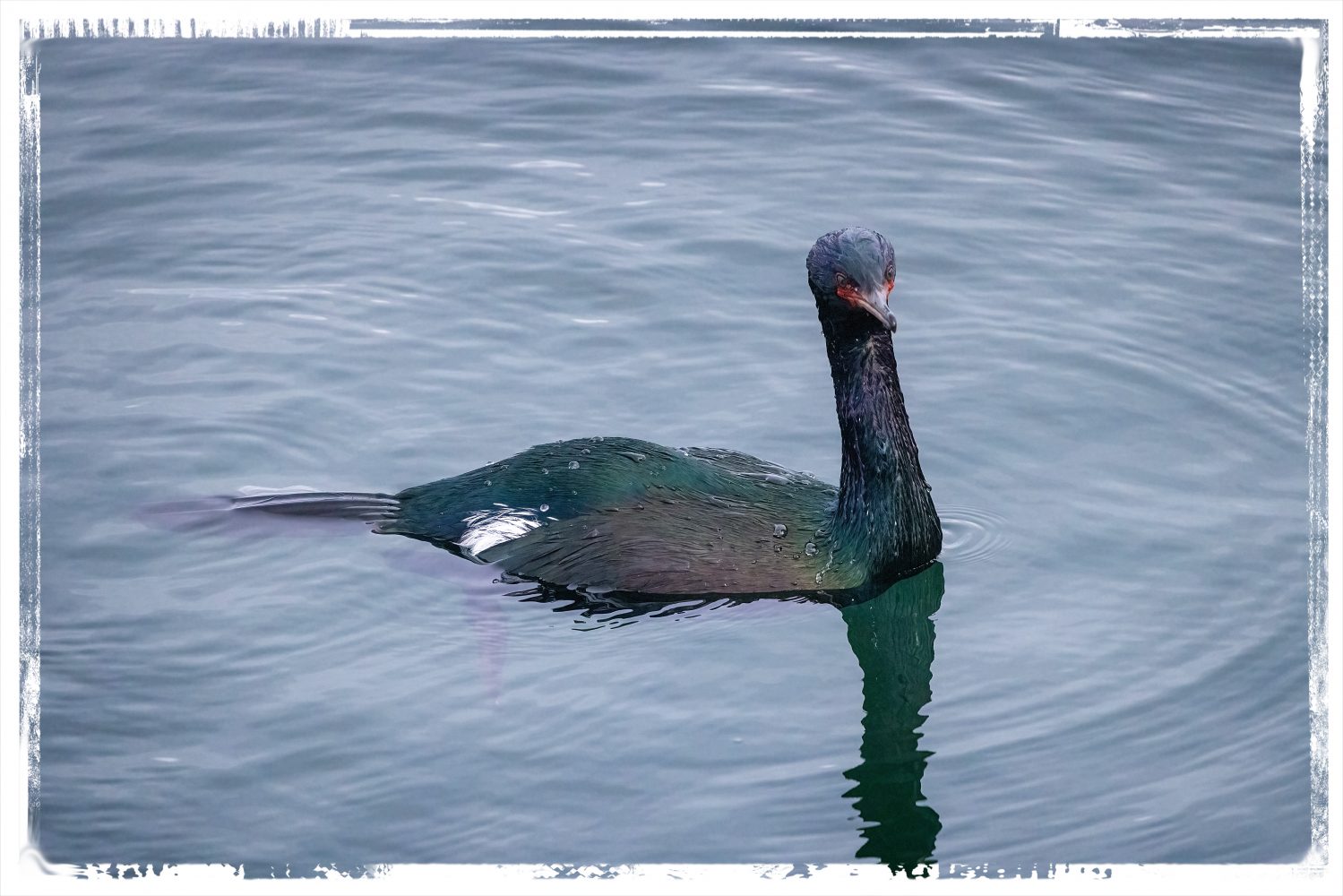
In checking the spelling of its name in Birds of the Puget Sound Region I found the following: Did you know? Pelagic cormorants can leap directly from the water into flight. Other cormorants must run along the surface to gain takeoff speed.
It’s always nice when a book’s author confirms what you’ve just learned.

